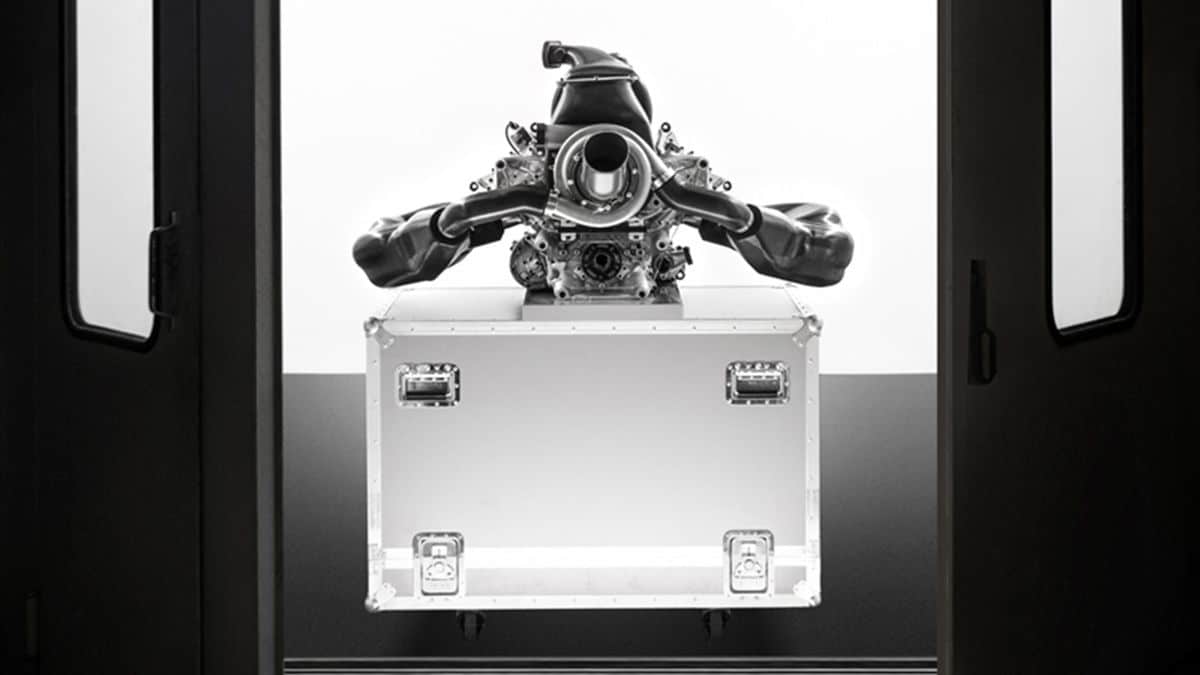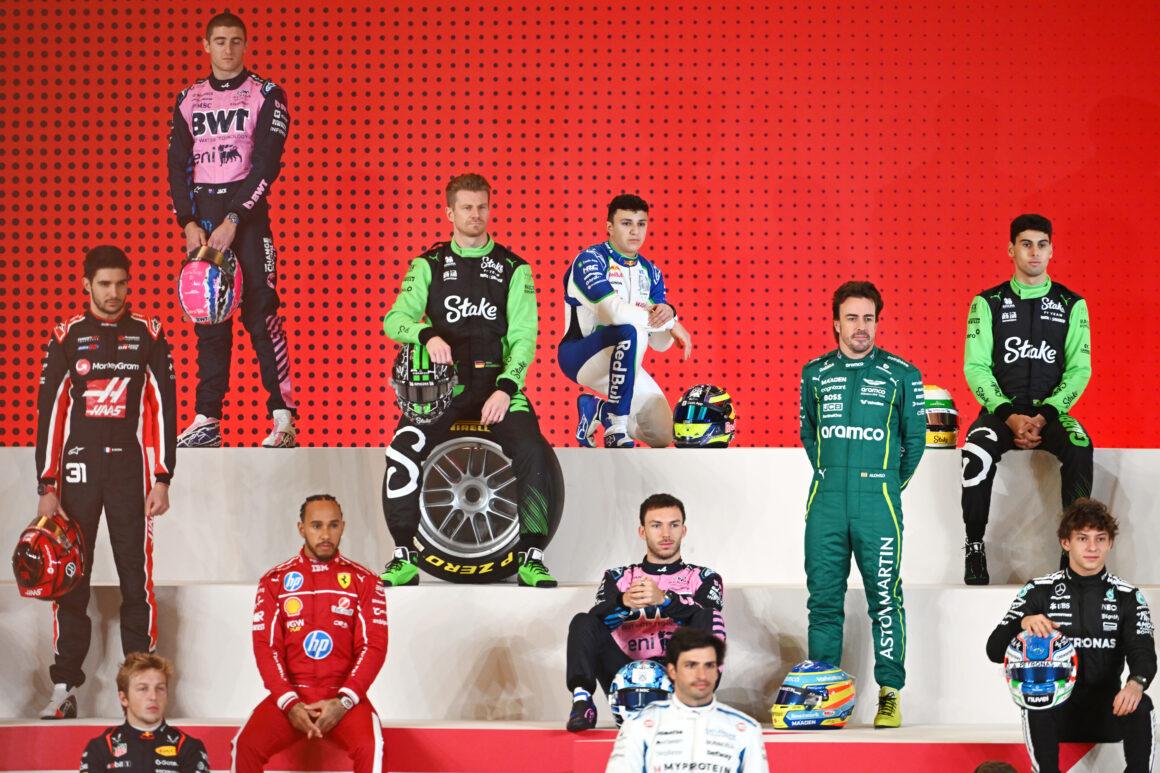The advent of the Energy Recovery System (ERS) in 2009 has completely changed Formula 1 racing, which has traditionally been at the forefront of technological innovation.
A sophisticated mechanism called ERS captures the energy released while braking and converts it into extra power.
Maximizing energy economy, cutting back on fuel use, and improving performance on the track are the goals.
We will examine the complexities of ERS, its development, and its influence on Formula 1 racing in this comprehensive tutorial.
The Components and Functioning of ERS

The Energy Storage, the Motor Generator Unit-Heat, and the Motor Generator Unit-Kinetic (MGU-K) make up the ERS (battery)..
The MGU-K converts kinetic energy produced during braking into electrical energy by first capturing it.
The heat produced by the internal combustion engine of the car is used to power the MGU-H.
When used, this energy can provide the automobile an additional 160 horsepower on demand. It is kept in the battery until it is needed.
Drivers can consume up to 2MJ of battery energy per lap, which can be essential for overtaking tactics, defending position, or completing circuits more quickly.
Throughout a race, drivers and teams must strike a balance between holding onto this energy and using it when it is needed.
Evolution of ERS in Formula 1 Races
The Kinetic Energy Recovery System, a new name for the ERS technology, made its debut in 2009. (KERS)..
The intention was to encourage passing and make races more exciting.
KERS has been superseded since 2014 by ERS, a more developed system that can recover both kinetic and heat energy.
Cars are able to produce greater power as a result, and ERS is now an essential component of every team’s racing strategy.
ERS Strategies: Balancing Power and Efficiency
Given that it depends on race conditions, tire management, and fuel consumption, ERS deployment is not a universally applicable solution.
Teams must carefully assess the advantages and disadvantages of deploying ERS while taking various strategies into account:
- Overtaking: Deploying ERS to overtake opponents can considerably increase the car’s speed, providing a better chance of success.
- Defending: When under pressure from cars behind, using ERS can help maintain position and keep rivals at bay.
- Faster laps: ERS deployment can be crucial to achieving a faster lap time or catching up to cars outside of DRS range.
- Neutral: This balanced strategy focuses on optimal battery usage without prioritizing specific situations or strategies.
- Harvesting: The goal here is to store more energy in the battery, increasing the potential for aggressive ERS deployment later in the race.
Impact of ERS on Driver Performance and Race Strategy
Because to the considerable changes brought about by ERS, drivers now have to pay closer attention to how they manage their energy.
Drivers must decide when to preserve or deploy energy with the additional power from ERS, taking into mind both the race circumstances and their own car’s capabilities.
Teams must also include ERS into their overarching race strategy, taking into account elements like pit stops, tire management, and fuel economy.
Determining the best timing to deploy ERS for optimum impact requires consideration of these factors.
Managing ERS Degradation and Replacement
ERS systems can become less effective over time, just like other auto parts.
Each season, teams are given two ERS systems, which they must carefully control.
A sizable fine and a grid penalty are assessed for exceeding this restriction.
Consequently, it is crucial to balance performance requirements with the requirement to save components for upcoming races.
ERS in Formula 1 Games: A Virtual Racing Experience
To further improve the gaming experience, ERS has also entered the virtual realm with the incorporation of this technology into Formula 1 games.
Similar to real-world drivers, gamers can employ ERS by planning when to deploy or save energy in order to enhance performance and ensure success.
The Future of ERS in Formula 1 and Beyond
In the years to come, ERS may advance much more as Formula 1 continues to spur technological advancement.
The emphasis on sustainability and energy economy is anticipated to broaden its applications, possibly resulting in advancements in automobile technology and the creation of electric vehicles.
The Significance of ERS in Modern F1 Racing
Without a doubt, ERS has altered the Formula 1 racing scene, posing a challenge to drivers and teams to modify their tactics and driving techniques while continuing to use cutting-edge automotive technology.
Formula 1 exhibits its dedication to innovation, efficiency, and sustainability by utilizing energy recovery technologies.
The importance of ERS in contemporary racing and its potential to influence the direction of the auto industry are both highlighted in this comprehensive reference to ERS in F1.

